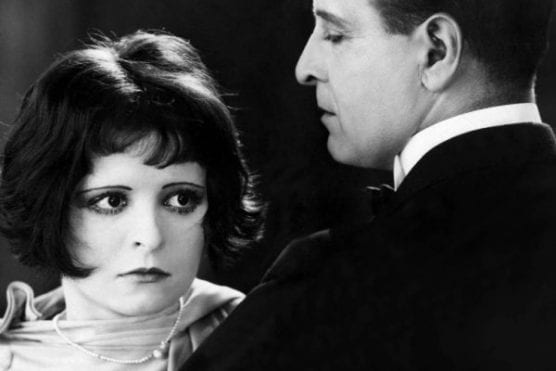New research on the significant gender imbalance in Hollywood reveals long-trends in female representation in the U.S. movie industry, specifically a sharp decline associated with the “studio system” in the Golden Age era, from about 1922 to 1950.
Luís A. Nunes Amaral of Northwestern University, Illinois, and his colleagues present the details of this study in the open access journal PLOS One on Wednesday.
Women have made strides in establishing their role in the film industry, moving ever closer toward gender equality. In fact, the number of top films directed by women in 2019 had doubled from the previous year, and women accounted for a fifth of all writers, producers, directors, editors and cinematographers of the top 100 grossing films of 2019. Despite this rise, things are still moving slow, prompting Amaral to seek out the root of this trend.
While some research suggests that gender diversity can play a significant role and reap various benefits across industries, women remain vastly underrepresented in many fields, including the U.S. movie industry. Lack of interest or differences in innate ability are sometimes hypothesized as the reasons for the gender imbalance in professional fields, but the authors point out that the movie industry is unlikely to be affected by such factors.
In an effort to get the full picture of gender imbalance in Hollywood, Amaral and his colleagues looked at data from the American Film Institute and IMDb to analyze the numbers on female representation among the teams behind more than 26,000 movies produced in the U.S. from 1911 to 2010.
They found female representation in positions such as actors, directors, and producers suffered a dramatic decline following the birth of the Hollywood studio system in 1922. This period lasted until 1950 and is characterized by a monopoly in which a few major studios controlled all the aspects of the movie-making process.
During this time, major studios including Warner Brothers, Paramount, Fox, MGM and very few others began dominating the smaller corporations and spearheading ruthless campaigns of vertical integration, in which all stages of production went through one entity.
By 1930, 95% of all American entertainment production came from just eight large studios. It would have persisted had it not been for the landmark 1948 Supreme Court decision United States v. Paramount that marked the decline of the studio system.
Furthermore, statistical analysis also revealed a trend between the lack of female producers during the studio system era and a decline in female directors, screenwriters and actors. The studio system was finally disbanded and as actresses gained bargaining power, some went on to become directors and producers.
But while female representation in Hollywood has slowly increased, it remains low.
A separate study done by San Diego State University found that of the 250 films released in 2017, 88% had no female directors, 83% had no female writers, and 96% had no female cinematographers. The study also found, however, that when a film has at least one female writer or director, women are more likely to be cast in key roles. Both studies shine a spotlight on the slow but sure progress taking place behind the cameras.
The authors note their findings do not demonstrate causal relationships, but suggest that female producers and directors may help to further the careers of other women in the industry. The findings also hold potential to shed light on disparities in other fields, such as computer science, architecture, and mechanical engineering, that have experienced similar declines in female representation as the fields grew in importance.
“Our study reveals that even in an activity such as acting where women have greater levels of interest then men and at least equal ability, they are still discriminated against,” the study authors write. “Our study is also consistent with the hypothesis that when an industry grows in importance and size it can experience a collapse of diversity.”
— By Madeline Reyes
Like this:
Like Loading...
Related





 Tweet This
Tweet This Facebook
Facebook Digg This
Digg This Bookmark
Bookmark Stumble
Stumble RSS
RSS


































REAL NAMES ONLY: All posters must use their real individual or business name. This applies equally to Twitter account holders who use a nickname.
0 Comments
You can be the first one to leave a comment.